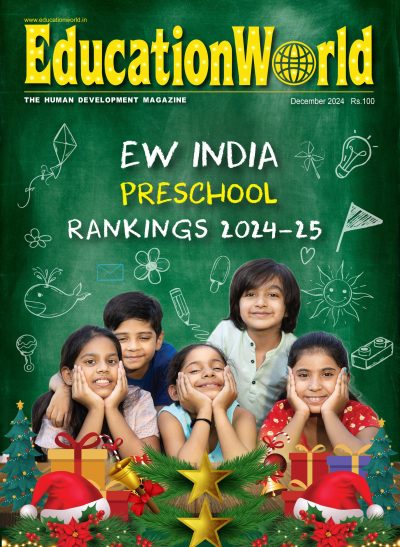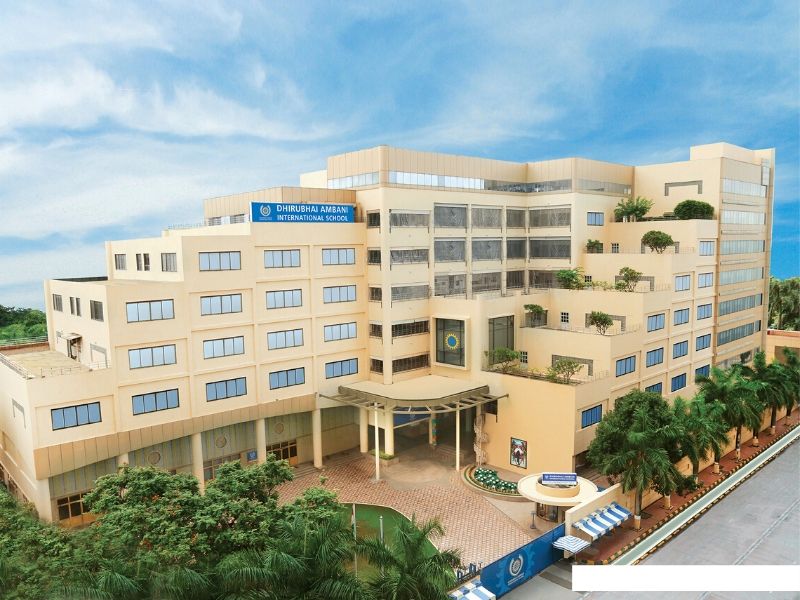The Asia-Pacific region encompasses some of the richest and poorest nations on Earth, as well as the largest and some of the smallest. It includes states with the most successful records of economic development in the late 20th century — the Republic of Korea, Taiwan, Hong Kong, and Singapore — and those whose growth has been fragile and disrupted by strife and natural disasters.
Cultural, ethnic and linguistic diversities exist throughout this region. So do differing historical legacies, which ultimately influence the form, content, and future development of education. Yet a common factor is that since the dawn of the new millennium, there has been growing awareness of the importance of early childhood education (ECE) in this region, and its impact on economic development.
In our part of the world, i.e. Asia, an issue hampering the development of ECE is the generally uncontested view that young children are the responsibility of the family, not of the state or any other authority. So handing over an infant to be cared for by a nursery is not readily and widely accepted. Moreover, access to quality child care is also determined by factors such as affordability, support of governments, and availability of trained teachers. In many Asian countries, people prefer to keep a safe distance between themselves and officials, and there isnt much government support to back ECE.
Parents, who are the childrens first teachers, also need support to understand the important roles they play in their childrens early learning, and grasp the difference between child-minding and early education.
Nevertheless while theres growing awareness of the importance of ECE, the challenges confronting Asian educators and governments are formidable. According to the Unesco EFA Global Monitoring Report 2008, only 53 percent of the worlds countries have ECE programmes for children under three, and they are mostly in North America, Western Europe, Central Asia, Latin America and the Caribbean. And while over 1.5 billion children and youth are enrolled in kindergartens, primary and secondary schools and universities, 67 million children of primary school age are out of school, and at least 2 million more teachers need to be recruited and trained to achieve the goal of universal primary enrolment by 2015.
The emphasis and focus on ECE varies widely between countries within the worlds most populous continent. A quick tour of four different nations in Asia — Singapore, China, India, and Malaysia — will highlight the wide variations inter se. For purposes of comparison, its useful to assess the impact of education through the UNDPs Human Development Index (HDI), which measures life expectancy, literacy, education, and standards of living comparatively.
In Singapore, schools, families and community are three strong supporting factors contributing to continual progress and success in the development of education, from ECE to tertiary education. The great emphasis that the Singapore government places on education is indicated by official encouragement to all families to start schooling their children as young as possible, especially to mandate compulsory education for all young children when they turn six.
The impact of this great emphasis on ECE is highlighted by data indicating that between 1980 and 2011, Singapores life expectancy at birth increased by 9.5 years; mean years of schooling by 5.1 years, and gross national income per capita leap-frogged by 273 percent. The socially beneficial outcome of ECE is that returns have been compounded year on year by way of high quality human capital.
In the Peoples Republic of China which has a per capita income of $5,200 or Rs.2.7 lakh (ppp) and HDI rank of 87, placing it among medium human development countries, preschool programmes are highly variable, with some providing a little more than basic caring services and others university-like programmes with high-quality curricula. In a recent report, Beijing has vowed to increase financial support to preschool education by 2016 to $8 billion (Rs.41, 600 crore).
In the Human Development Report (HDR) 2010, India ranks 119 out of 169 countries, placing this country also in the medium human development category. However the number of years spent in school (4.4), is below par against the global average of 7.4 years; and life expectancy at birth is 64.4 years, while people in high HDI countries are expected to live beyond 80 years. There are no government regulations for registering and operating preschools, no curriculum guidelines, and no requirements for staff to have professional qualifications. An estimated 10 million children receive early childhood education in privately owned and operated programmes.
Malaysia is ranked much higher — 61 — in HDR 2010, placing it in the high human development category with average or mean years of schooling being 12.6 years. The Malaysian government places a strong emphasis on ECE and has recently formulated a National Policy for Early Childhood Education. Government involvement is evident from the numerous initiatives it has taken to make preschool programmes more accessible, especially for less fortunate children in rural areas.
This quick review of the ECE scenario in four Asian countries clearly high-lights that investing in ECE and striving for the six Unesco EFA (Education for All) goals is of utmost importance for Asias future. A consensus is gradually emerging: investing in the first five years of childrens education changes everything. This emerging consensus needs to be accelerated, for which collaborative action between state, private sector and communities and families are imperative.



















